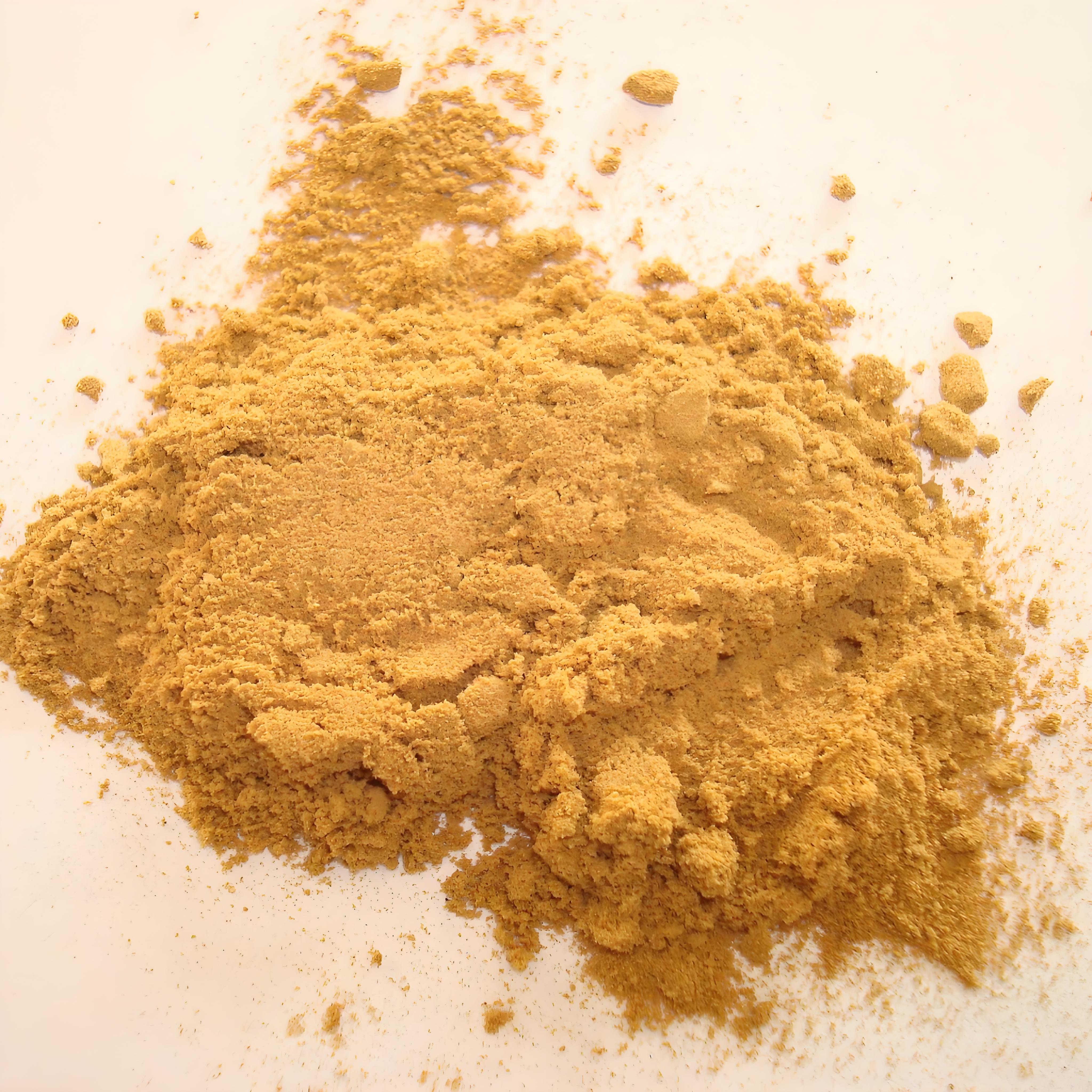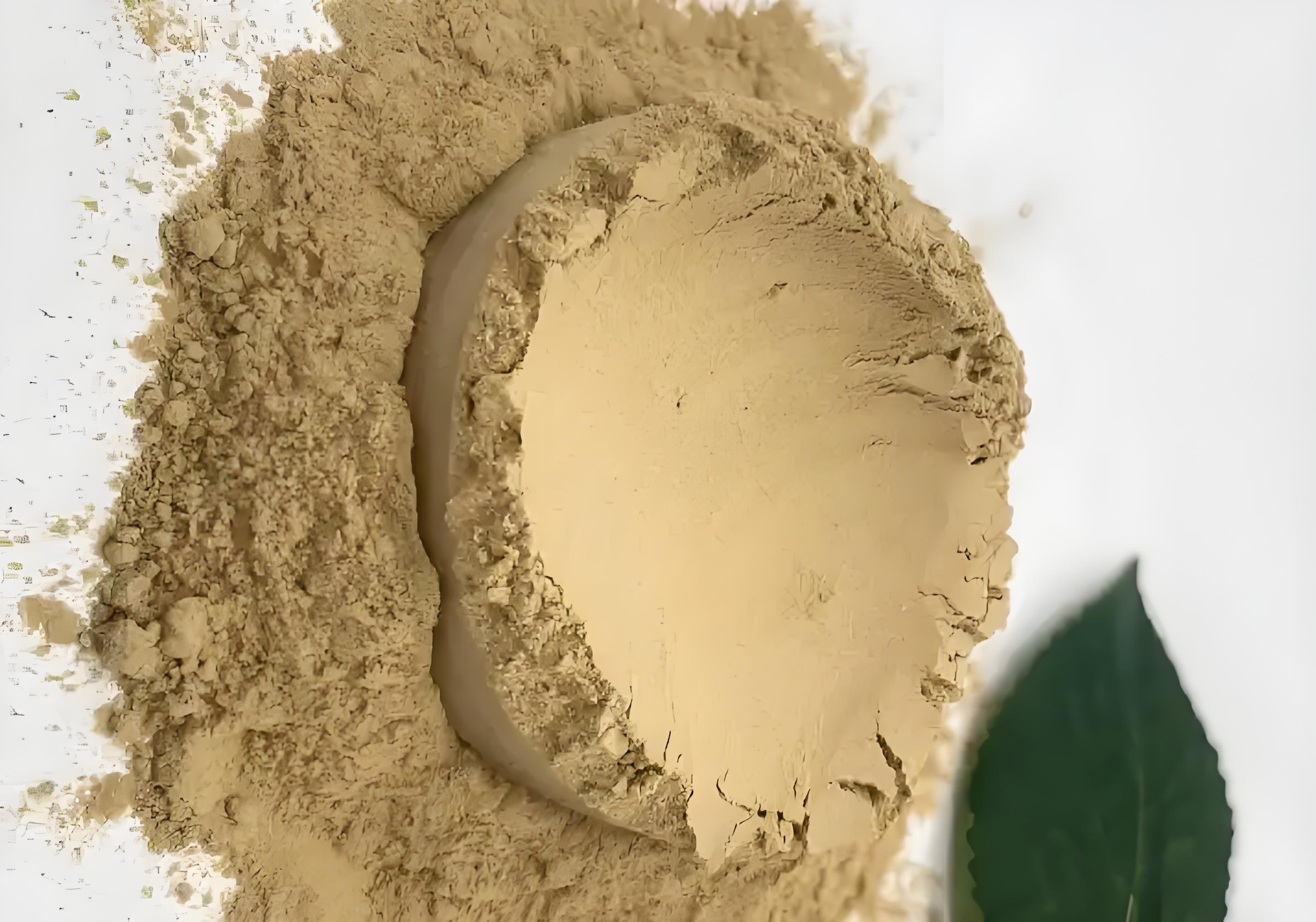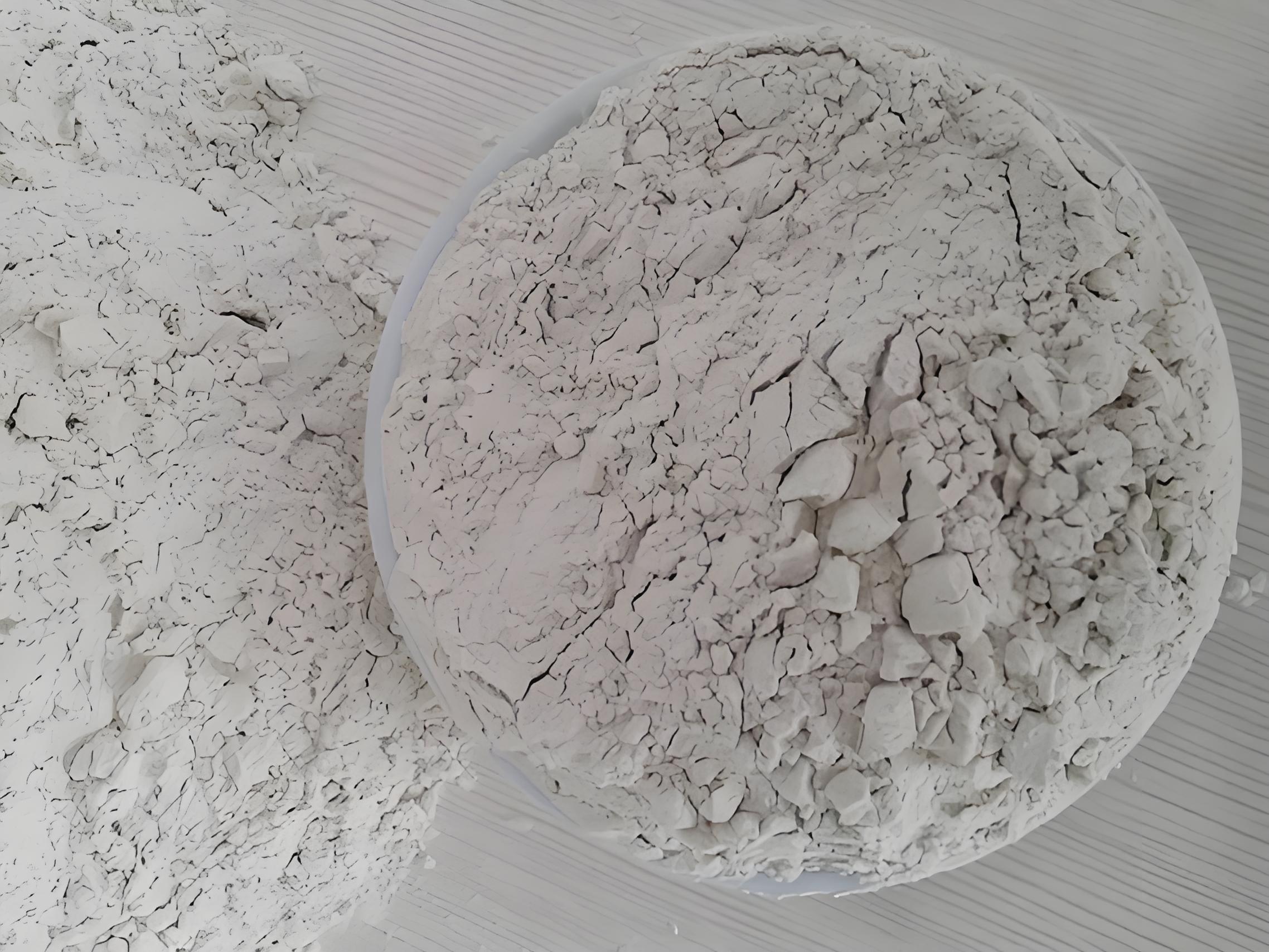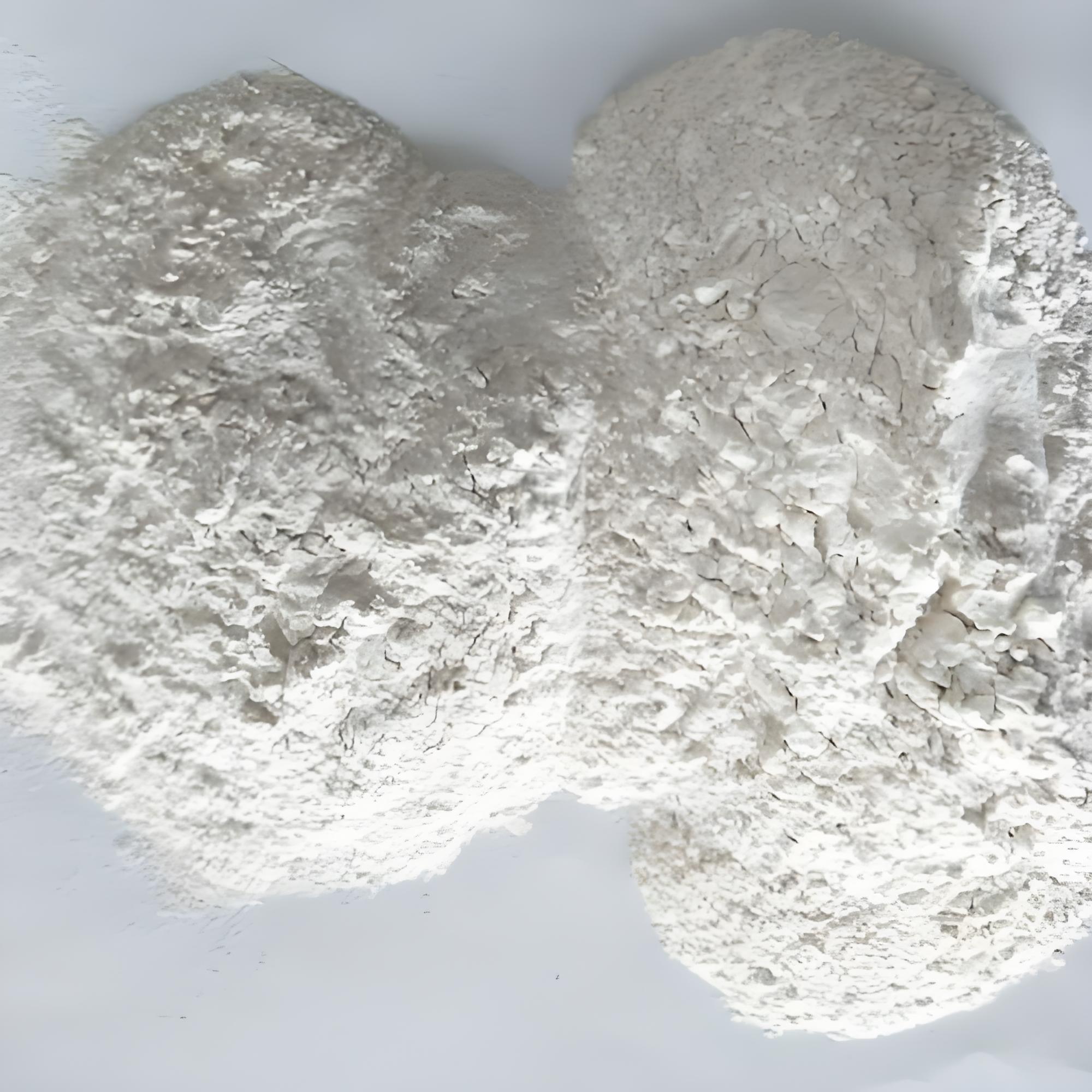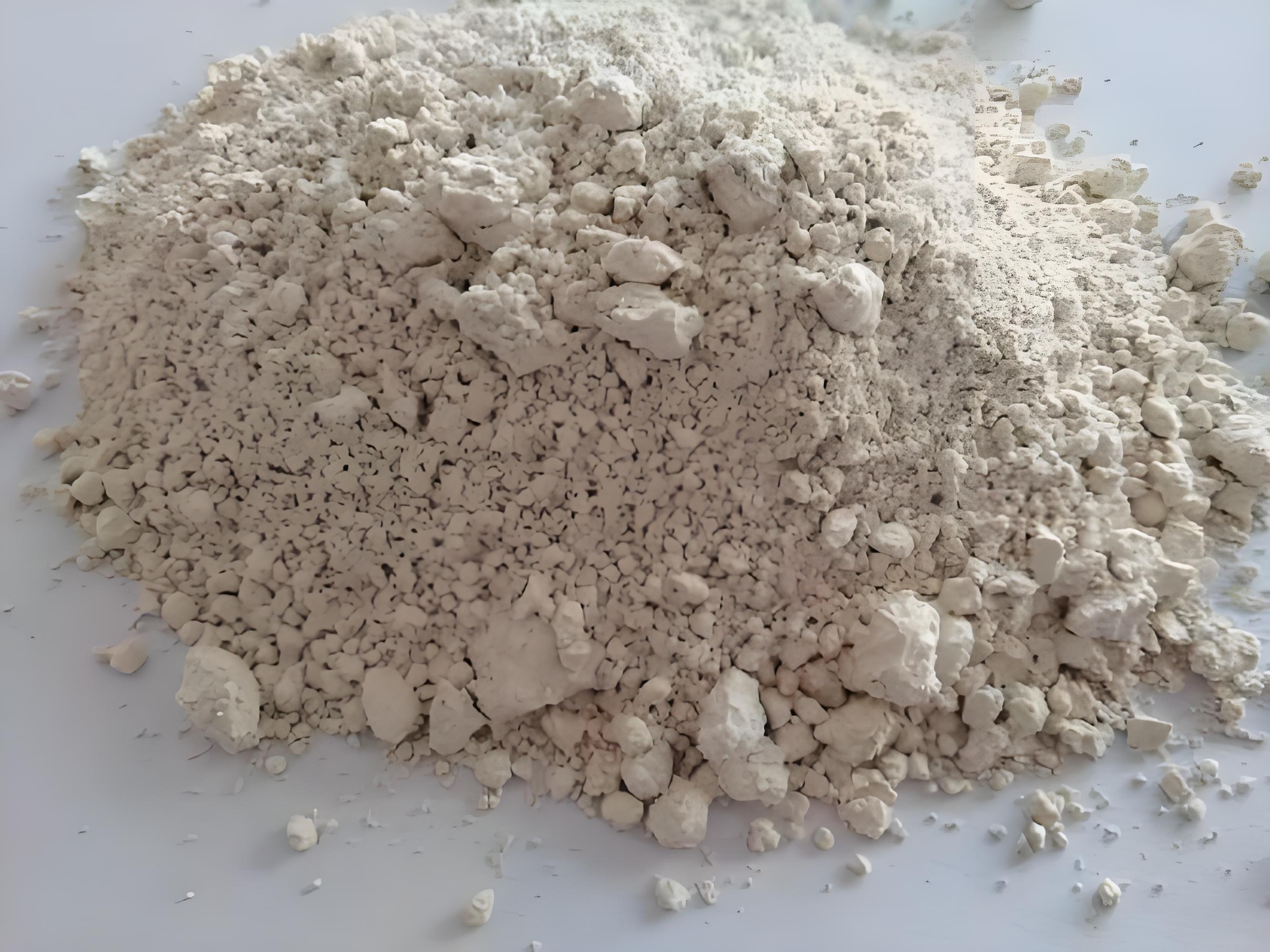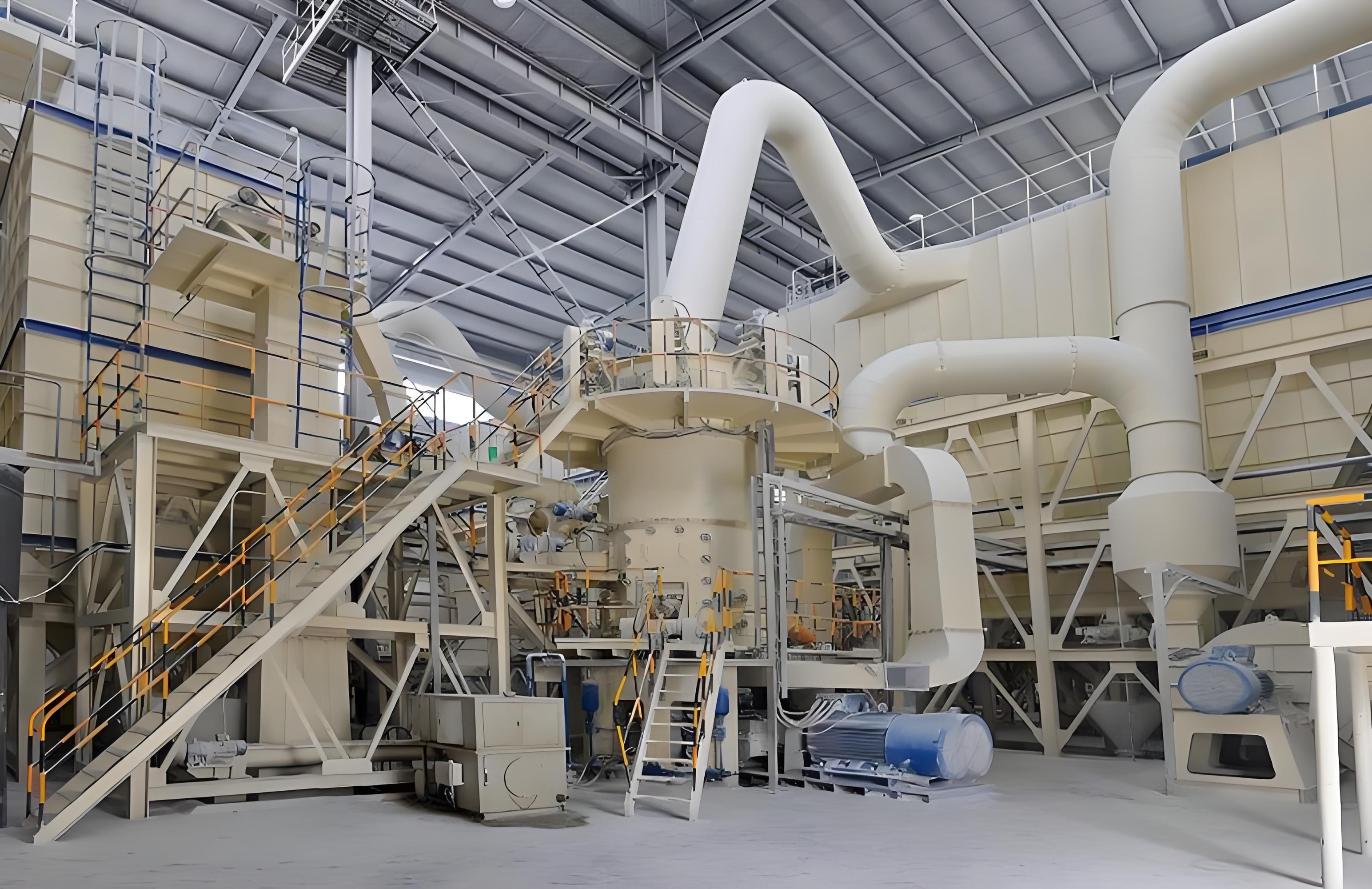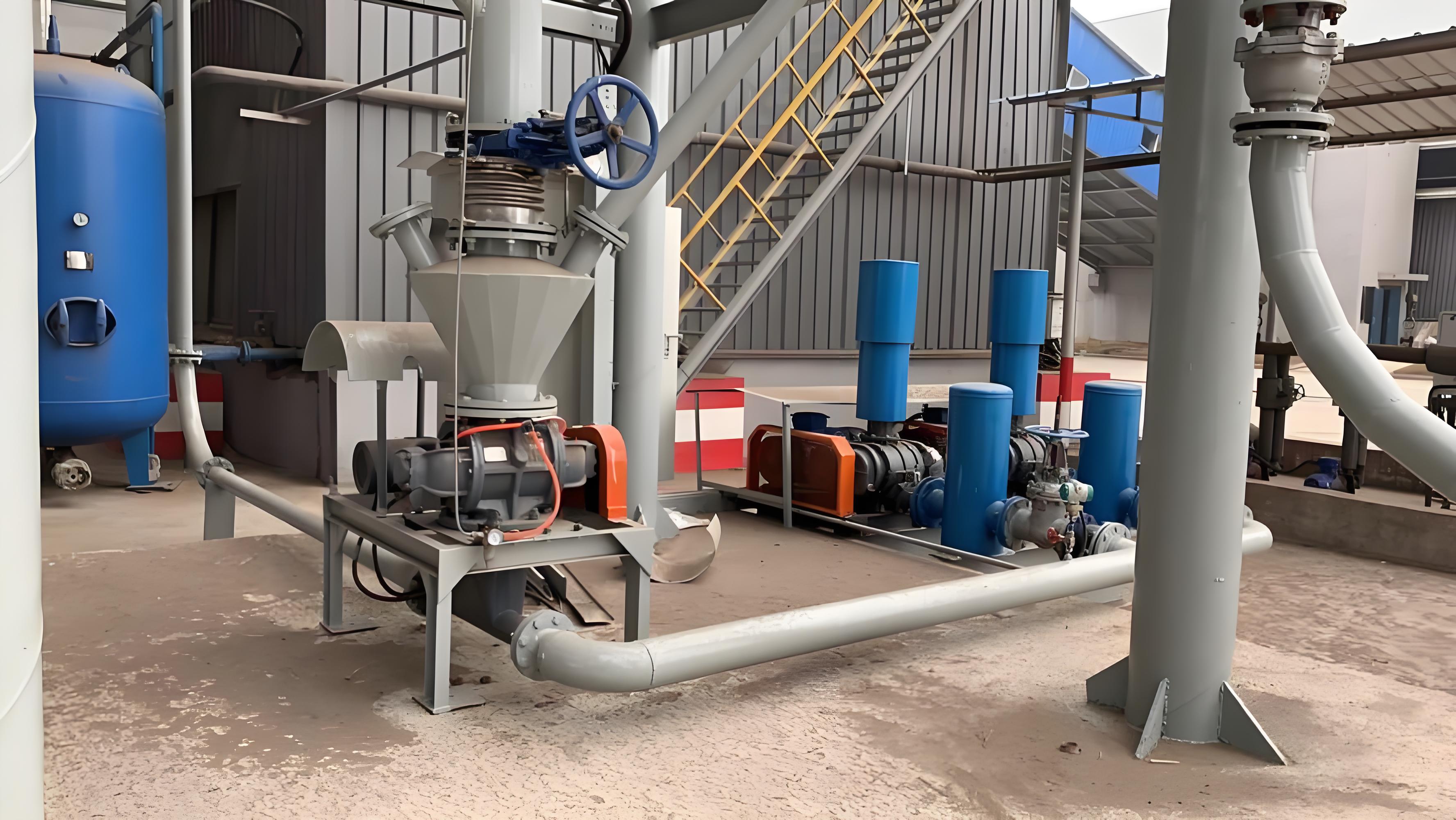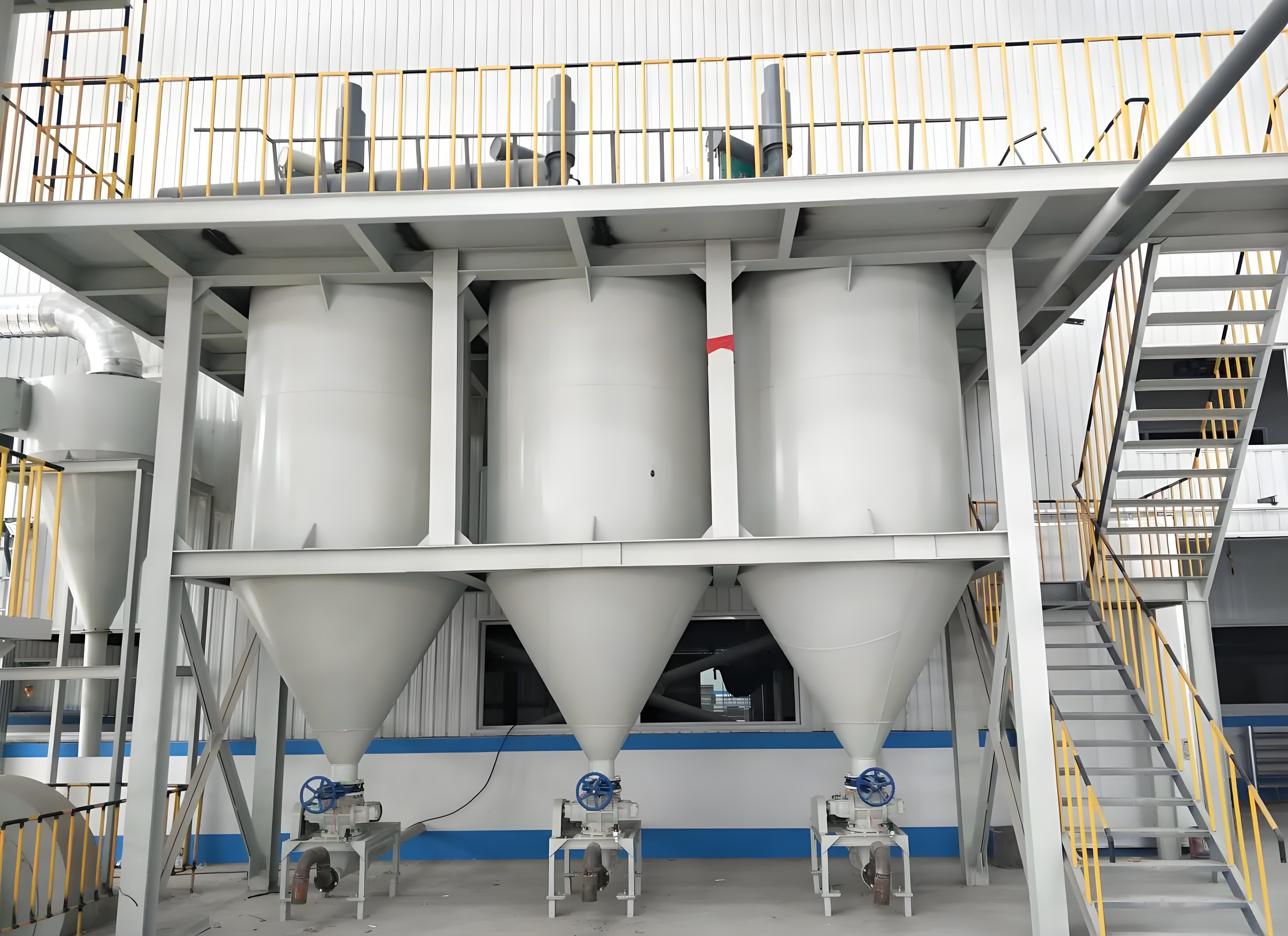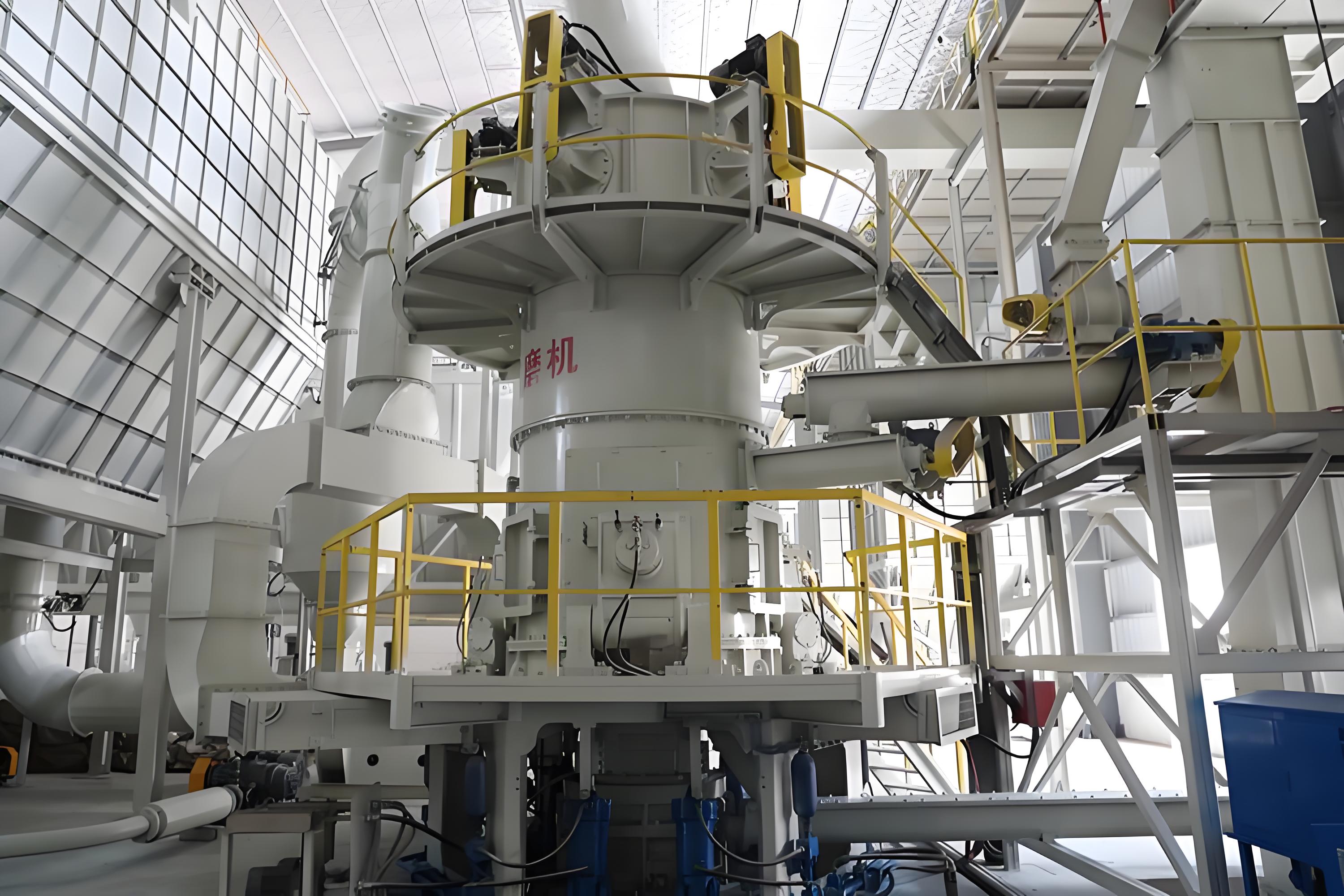Bentonite pneumatic conveying
Shandong Dongkai can provide turnkey projects such as process demonstration, design, equipment production, equipment installation, and system debugging for bentonite pneumatic conveying systems based on the actual production and on-site layout of bentonite powder materials.
Bentonite is a non-metallic mineral mainly composed of montmorillonite. The montmorillonite structure is a 2:1 crystal structure composed of two silicon oxygen tetrahedra sandwiching a layer of aluminum oxygen octahedra. Due to the layered structure formed by the montmorillonite unit cell, there are certain cations such as Cu, Mg, Na, K, etc., and the interaction between these cations and the montmorillonite unit cell is very unstable, easily exchanged by other cations, thus it has good ion exchange properties. Bentonite has been applied in more than 100 departments in 24 fields of industrial and agricultural production abroad, with over 300 products, hence it is called "universal soil".
Category:
When the interlayer cation is Na+, it is called sodium based bentonite; When the interlayer cation is Ca2+, it is called calcium based bentonite; When the interlayer cation is H+, it is called hydrogen based bentonite (active clay, natural bleached clay acidic clay); When the interlayer cation is an organic cation, it is called organic bentonite.
Physical characteristics:
Swelling: After absorbing water, the volume expands 20-30 times, forming a suspended or paste like state
Dispersion: The particles are small and easily dispersed in water to form a suspension
Thixotropy: the suspension is in the form of gel when it is still, and the fluidity is restored after stirring
Adsorption: It has adsorption properties for organic matter, pigments, etc., especially for activated clay (treated with acidification), which has stronger adsorption performance
Chemical characteristics:
Cation exchange: Interlayer cations can be replaced by other cations (such as Na ⁺, Ca ² ⁺), affecting the type (such as sodium based, calcium based bentonite)
PH sensitivity: Exposure to acidic and alkaline environments may affect structural stability
